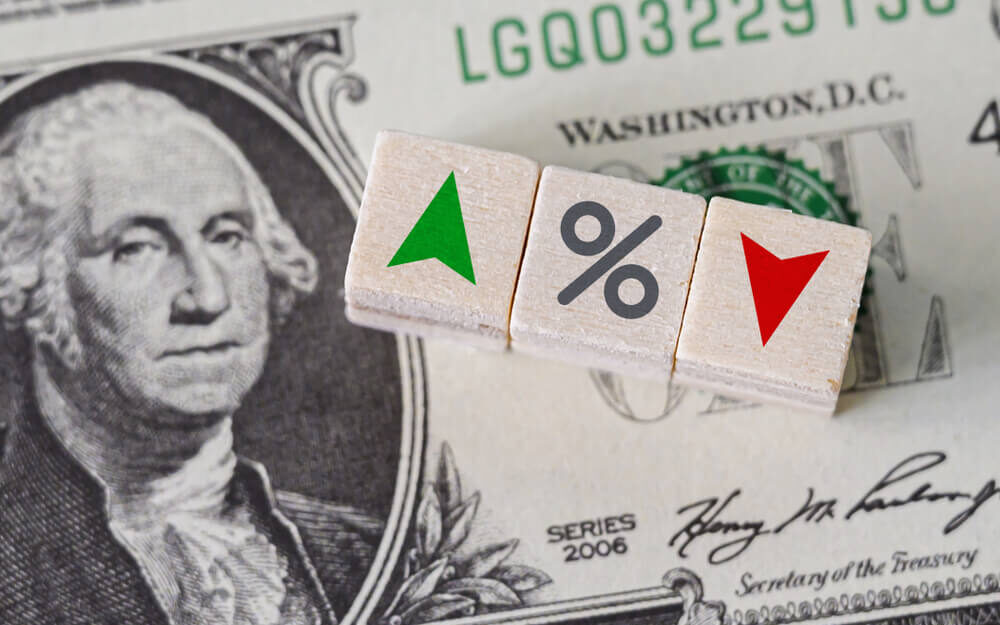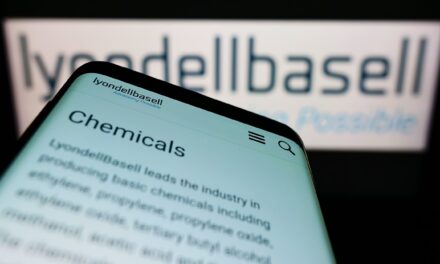I talk about dividend stocks all the time on Money & Markets. It’s my wheelhouse.
Stocks that pay dividends are an incredible way to boost your income in retirement, but you shouldn’t buy anything and hope for the best.
A question from a Money & Markets reader gives us a chance to show you why. John asked:
Should I be concerned if a stock’s dividend payment, as a percentage, is about half what it was a few months after I bought the stocks?
Research Analyst Matt Clark and I have the answer in this edition of Investing With Charles.
Note: Have a question about your nest egg? Send it to Feedback@MoneyandMarkets.com, and I may answer it in a future video. We’ll even send you a Money & Markets hat if we use it!
Watch our full conversation above or keep reading for the highlights.
How Dividend Yields Change
Matt: So John’s asking if he should be concerned when a stock’s dividend percentage yield has been cut since he bought the stock.
Charles: Yes and no. It is a complex question.
John’s asking about the dividend yield, which is the current payout divided by the stock price, expressed as a percentage. I’ll use a made-up yield here as an example.
If that dividend yield goes from 5% to 2.5% … that can happen one of two ways:
- The numerator (dividend) changed…
- Or the denominator (stock price) changed.
When the Denominator (Stock Price) Changes
Charles: If it happens because the stock price (the denominator) shot higher, then that’s nothing to be concerned about. It’s something to be happy about!
It means your stock price went up a lot, and now that yield is lower as a result. You may want to take profits. There’s nothing wrong with taking profits if you feel the stock is now ahead of itself. It may not be as attractive as it was when you bought it.
Is that lower yield a cause for concern? Absolutely not. It’s a cause for celebration!
When the Numerator (Dividend) Changes
Charles: Now, the other potential situation is the yield got cut in half because the dividend (numerator) got cut in half.
This is rare because when a stock cuts its dividend, usually the price also falls. So the yield ends up being unchanged because everything is lower.
If a company slashes its dividend from $5 a share to $2.50 a share, the stock price is going to fall proportionately (or even more) to where that yield, as a percentage, will remain unchanged.
Should you be concerned?
Yeah…
When a Company Slashes Its Dividend … Run!
Charles: When companies cut dividends, that’s something that should concern you.
It doesn’t mean the stock’s going to $0, but it does mean that the stock is under stress.
The dividend is the last thing management ever wants to cut. It sends such a damaging message to shareholders.
When shareholders see management cutting the dividend, they’re like: “OK, I’m out. Management’s lost their way. They’ve lost faith. I’m going to cut my loss here, sell the stock and move on to greener pastures.”
And there’s some justification for that.
When a company is growing, healthy and has cash coming in, it can afford to maintain that dividend or raise it.
When management cuts that dividend, it’s because things are not good. The cash isn’t coming in to support the stock. Something has fundamentally changed, and the company’s in trouble.
There can be some value opportunities as the stock drops, but as a general rule, this isn’t a stock you want to keep for income.
Do you want to own something that’s cutting its payout? Probably not.
You want to own something that’s maintaining or even raising its payout over time.
Bottom line: If the dividend yield falls, it could be for two reasons: Either the dividend was cut, or the stock price rose.
If the stock price rose, you’re golden. That’s great. That’s what we all want. That’s why we do this, right? If it’s because the dividend fell, you may want to look into selling stock.
What Happens When Dividends Soar?
Matt: Does the opposite work if things are reversed? If the dividend is maybe increased, does that reverse the play a little bit?
Charles: If the dividend yield rises, that can happen one of two ways.
If the stock price is unchanged and the dividend yield rises, that means that the payout increased. The company raised its dividend.
That’s great! That’s what we want to see.
Particularly during a time of inflation, you want current income. But you want that income to rise over time. It’s a huge positive when you see the yield rise because of a rise in the dollar amount of the dividend. That’s a sign of health, and it’s an unambiguous positive.
Now, when you see that yield rise because the price fell … that could be good or bad.
Let’s say that dividend’s $2.50, but the company is producing $3, $4 or $5 in earnings… Then that company has more than enough cash coming in to support that dividend. You have nothing to worry about. If that yield goes higher, it’s a buying opportunity.
But sometimes, when a dividend yield rips higher, it’s not sustainable. The market’s telegraphing a dividend cut in its future.
If that dividend’s $2.50, but the company’s only producing $1.00 in earnings, how long is it going to be able to pay out $2.50 if it’s only making a dollar?
Not very long. That dividend’s likely to be cut.
High yields also vary from industry to industry: 4% might be exceptionally high for one industry but fine for another.
Bottom line: If a company’s yield is abnormally high based on its own history or based on its peers, that may be a sign that the dividend’s about to get cut.
Where to Find Us
Coming up this week, Matt will have more on his new podcast, so stay tuned.

Don’t forget to check out our Ask Adam Anything video series, where Chief Investment Strategist Adam O’Dell answers your questions.
You can also catch Matt every week on his Marijuana Market Update. If you are into cannabis investing, you don’t want to miss his weekly insights.
Remember, you can email my team and me at Feedback@MoneyandMarkets.com — or leave a comment on YouTube. We love to hear from you! We may even feature your question or comment in a future edition of Investing With Charles.
To safe profits,
Charles Sizemore, Co-Editor, Green Zone Fortunes
Charles Sizemore is the co-editor of Green Zone Fortunes and specializes in income and retirement topics. He is also a frequent guest on CNBC, Bloomberg and Fox Business.






